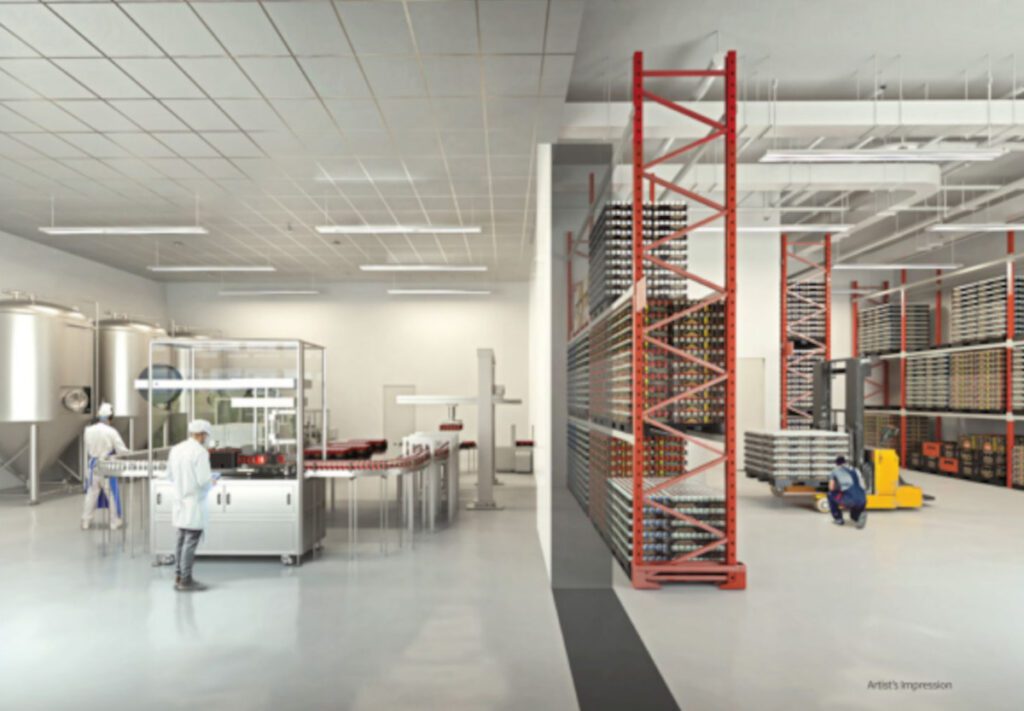Starting a food factory in Singapore can be an exciting and rewarding venture. With its vibrant food culture and growing demand for quality food products, the city-state offers a conducive environment for entrepreneurs to establish their own food manufacturing business. However, setting up a food factory involves several steps and considerations. In this guide, we will walk you through the process of starting a food factory in Singapore, from obtaining the necessary licenses to setting up your production facilities.
Step 1: Research and Planning
Before diving into the process of starting a food factory, it is crucial to conduct thorough research and develop a solid business plan. This includes identifying your target market, understanding the competition, and determining the types of food products you want to manufacture. Additionally, you should assess the financial feasibility of your venture and create a detailed budget.
Step 2: Register Your Business
The next step is to register your food factory as a legal entity in Singapore. You can choose to register as a sole proprietorship, partnership, or private limited company, depending on your business structure and long-term goals. It is advisable to engage the services of a professional firm or a corporate service provider to assist you with the registration process.
Step 3: Obtain Necessary Licenses
Operating a food factory requires obtaining various licenses and permits from the relevant authorities in Singapore. These include the Food Shop License, which is issued by the National Environment Agency (NEA), and the AVA (Agri-Food & Veterinary Authority) License, which is required for the manufacturing of certain food products. You may also need to comply with specific regulations and standards set by the NEA and AVA.
Step 4: Secure a Suitable Location
Choosing the right location for your food factory is crucial for the success of your business. Consider factors such as proximity to suppliers, accessibility for transportation, and availability of utilities. It is also important to ensure that the premises meet the necessary hygiene and safety requirements set by the authorities.
Step 5: Set Up Your Production Facilities
Once you have secured a suitable location, it is time to set up your production facilities. This includes installing the necessary equipment and machinery for food processing, packaging, and storage. It is essential to ensure that your facilities comply with the Good Manufacturing Practices (GMP) guidelines to maintain high standards of hygiene and safety.
Step 6: Hire and Train Staff
Building a competent and skilled workforce is essential for the smooth operation of your food factory. Hire employees with relevant experience and provide them with proper training on food safety and handling procedures. It is also important to implement regular quality control measures to ensure the consistency and quality of your food products.
Step 7: Develop a Marketing Strategy
Once your food factory is up and running, it is crucial to develop a marketing strategy to promote your products and attract customers. This may include online and offline marketing activities, such as creating a website, engaging in social media marketing, participating in industry trade shows, and collaborating with distributors and retailers.
